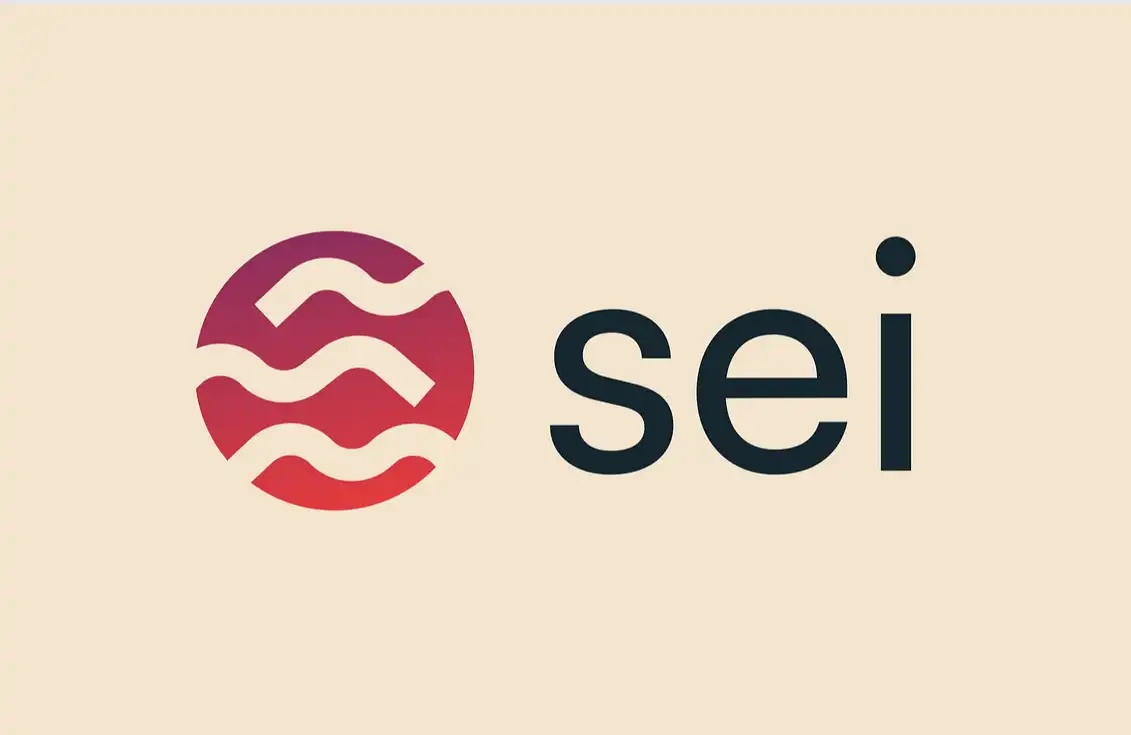ETH Unstaking Queue Hits All-Time High: Institutional Long vs Short Showdown, How Should Retail Investors Respond?
Original Title: "ETH Staking Unstaking Wait Time Hits All-Time High, Ethereum Holders Experience Mutual Foolishness Moment?"
Original Author: Wenser, Odaily Planet Daily
Following ETH's price rebound breaking above $3800 and then falling back to above $3500, ETH has officially entered the "Holders Mutual SB Moment" – on one hand, institutions and listed companies continue to accumulate ETH, either holding for future gains or establishing strategic reserves; on the other hand, the ETH POS staking unstaking wait time has exceeded 11 days, reaching a new all-time high, with the total staked ETH awaiting unstaking surpassing 637,000 ETH. In comparison, the total ETH awaiting staking is around 321,000 ETH, only about 50% of the total unstaked ETH amount. This has led to fears in the market of institutional unstaking causing a sell-off. However, is this really the truth of the situation? Odaily Planet Daily will analyze this in conjunction with the market's main viewpoints in this article for readers' reference.
Behind the ETH Staking Unstaking Wait Time All-Time High: After 7 Months, ETH Returns Above $3800
According to OKX market data, ETH's price broke above $3800 this week, rising to $3858.88, and the last time ETH's price was above $3800 was 7 months ago around December 19, 2024.
Naturally, the rebound in ETH's price has caused a ripple effect in the crypto market, with many whales, institutions, and even retail investors who had previously bought the dip in ETH choosing to take profits, leading to a record-high total amount of unstaked ETH and an increase in unstaking wait times.
According to the latest data from validatorqueue, as of July 24th, the total ETH awaiting unstaking is 637,450 ETH, with the wait time extending from the previous around 9 days to 11 days and 2 hours. The amount of ETH awaiting staking is around 321,000 ETH, with a wait time of approximately 5 days and 14 hours.

ETH Staking Information
Furthermore, the current total ETH staked is approximately 35.6 million ETH, accounting for about 29.46% of the total ETH supply, with an APR yield of around 3%.
Aside from the overall information, what is worth mentioning separately is the unstaking/unbonding wait time, sweep delay, validator node queue, and 7-day staking rewards APR.
Firstly, looking at the unstaking/unbonding wait time, on July 24, this time reached a historical high of 11.13 days; in contrast, the previous high was recorded on January 5, 2024. According to crypto influencer Jason Chen (@jason_chen998), at that time, Celsius faced a liquidity crisis and urgently unstaked over 500,000 ETH, resulting in a wait time of 5.6 days.
However, unlike at that time, there was not enough ETH staking demand, and the ETH staking wait time was 0 days; whereas now, this number is around 5.67 days, demonstrating clearly that the current ETH staking demand in the market remains very high.

ETH Unstaking Wait Time
Secondly, the sweep delay time requires a brief explanation of the sweep action, which refers to how long it takes for staked node funds to be withdrawn to the corresponding address after exiting the queue. Based on the information in the image above, currently this time is approximately 9.5 days. In other words, the market still needs to wait for some time before facing a real "sell-off test".
Furthermore, regarding the validator node queue data, in the past week, the number of validators exiting the queue has shown an exponential growth trend. On July 24 alone, the number of validators exiting ETH exceeded 640,000 ETH, while those entering was 326,800 ETH. Leveraging analysis from crypto influencer @0x_Todd and information from the validatorqueue website, simply put, currently, each Epoch (32 blocks, with each block taking 12 seconds to produce) can add/remove a maximum of 8 nodes, based on a single node staking of 32 ETH (the current ETH staking threshold), resulting in the overall unstaking wait time and staking queue wait time as shown in the image. Following the Prague upgrade, the maximum ETH that can be staked per node has increased from 32 ETH to 2,048 ETH. With the addition of larger nodes, both staking and unstaking times are expected to significantly reduce.

Node Validator Queue Size
Lastly, there is the 7-day APR change in ETH staking rewards. Overall, the Ethereum staking yield has been gradually decreasing, which aligns with the increase in Ethereum's total supply and staking amount, resulting in a diluted staking yield. Starting from 5.2% in early June 2023, the data has now decreased to 3.01%. However, compared to other cryptocurrencies, ETH's PoS staking yield remains a rare "stable yield," which is also the "business strategy" of many US-listed companies aspiring to become an "ETH version Strategy." Sharplink Gaming officially announced yesterday that it holds 360,807 ETH and has generated 567 ETH in staking rewards.

ETH Staking 7-Day APR Data
For more information on on-chain changes related to ETH staking and unstaking, readers can directly query from https://beaconcha.in/.
Exploring the Reasons Behind ETH's Large-Scale Unstaking: Institutional Actions or Aave Platform Flash Loan Controversy?
Regarding the reasons behind the large-scale unstaking of ETH, the current mainstream viewpoints in the market mainly include the following 3:
Reason 1: Institutional Entities like HTX Unstaking in Large Volumes
On-chain data shows that in the past week, HTX-related wallets have redeemed a total of 110,000 ETH, worth over $400 million. According to on-chain analyst Yu Jin's monitoring, since ETH surpassed $3,000 on July 11, ETH has continued to flow from HTX to Binance, with a cumulative inflow of 320,600 ETH so far, valued at approximately $1.123 billion at the current average price, with an average inflow price of $3,504. Institutions like Abraxas Capital Mgmt have also redeemed their stakes.
Reason 2: Aave Platform Flash Loan Controversy
According to on-chain data analyst Ai, citing analysis by crypto blogger darkpool, a massive 620,000 ETH unstaking event may be related to a surge in borrowing rates caused by a significant withdrawal of ETH deposits from the Aave platform.
The specific reason is as follows: a large amount of Aave ETH deposits were rapidly withdrawn, causing the borrowing rate to skyrocket. Flash loan arbitrageurs went from profiting from the interest rate spread to facing losses, forcing them to redeem stETH to deleverage, leading to the current situation where the Aave ETH borrowing APR briefly spiked to 10%. The withdrawal waiting period for Lido stETH has been extended to 21 days (normally within one week); the on-chain stETH to ETH conversion still exhibits a discount of nearly 4%. Regarding the implementation of flash loans, Aave's ETH collateralization rate is 93%, meaning arbitrageurs can even utilize leverage of up to 14x to capitalize on the interest rate spread. Under normal circumstances, the annualized return rate on principal can reach 7%.
In other words, the appreciation of ETH led to a significant amount of borrowing against ETH on the Aave platform, causing the borrowing rate to surge. Flash loan arbitrageurs discovered that their previous leverage spread had turned into leverage losses, forcing them to redeem stETH to reduce leverage, thereby increasing the demand for ETH collateral. For a more detailed explanation of this reason, please refer to an article by Galaxy, translated by Odaily Star Daily, titled "The True Reason Why $19 Billion Worth of ETH is Queuing for Collective Unbonding."
Reason Three: Institutional Holding Demand
This reason is a personal speculation by the author.
According to SoSoValue data, on July 22, the net inflow of Ethereum spot ETFs amounted to $534 million, the third-highest in history. Considering the recent controversies surrounding the "ETH Version Strategy" that attracted listed companies and institutions such as SBET, BMNR, and The Ether Machine, the demand for hoarding hundreds of thousands of ETH undoubtedly highlights the masterpieces of large ETH holdings. There is a considerable likelihood that some of these funds will be used for off-exchange OTC and exchange inflows of ETH.
Furthermore, according to on-chain analyst Yu Jin's monitoring, address 0x8eE previously increased its holdings by 32,368 ETH (worth $116 million) through FalconX. Since July 19, this address has accumulated 138,345 ETH (worth $503 million) at an average price of $3,644 per ETH. A whale/institution that has been accumulating ETH through Kraken recently increased its holdings by 8,223 ETH (worth $29.4 million). Since July 14, this address has accumulated a total of 58,156 ETH (worth $211 million) at an average price of $3,564 per ETH.
In conclusion, the net inflow of ETFs and the demand for ETH strategic reserves have provided an exit for large-scale ETH unlocking, and the market demand for ETH remains strong.
Epilogue: The Market Enters the "ETH HODLers Mutual Foolery Moment"
Unlike the market situation at the end of June and beginning of July, the current cryptocurrency market is beginning to enter the "Mutual Foolery Moment," especially for ETH hodlers, this situation is particularly significant.
Unlike the previous one-sided "ETH price remains weak" market mockery of ETH or the triumphant attitude of ETH Guardians during "gradual ETH price increases," as the BTC market broke through its previous all-time high and retraced to below $120,000, the market has once again entered a state of divergence, just like the people currently in the camp of ETH unlocking and those awaiting staking. At this moment, as Trump's "tariff stick" gradually takes effect, whether altcoins, including ETH, can continue the bull market may face a phase of judgment in early August.
Welcome to join the official BlockBeats community:
Telegram Subscription Group: https://t.me/theblockbeats
Telegram Discussion Group: https://t.me/BlockBeats_App
Official Twitter Account: https://twitter.com/BlockBeatsAsia
 Forum
Forum OPRR
OPRR Finance
Finance
 Specials
Specials
 On-chain Eco
On-chain Eco
 Entry
Entry
 Podcasts
Podcasts
 Activities
Activities








